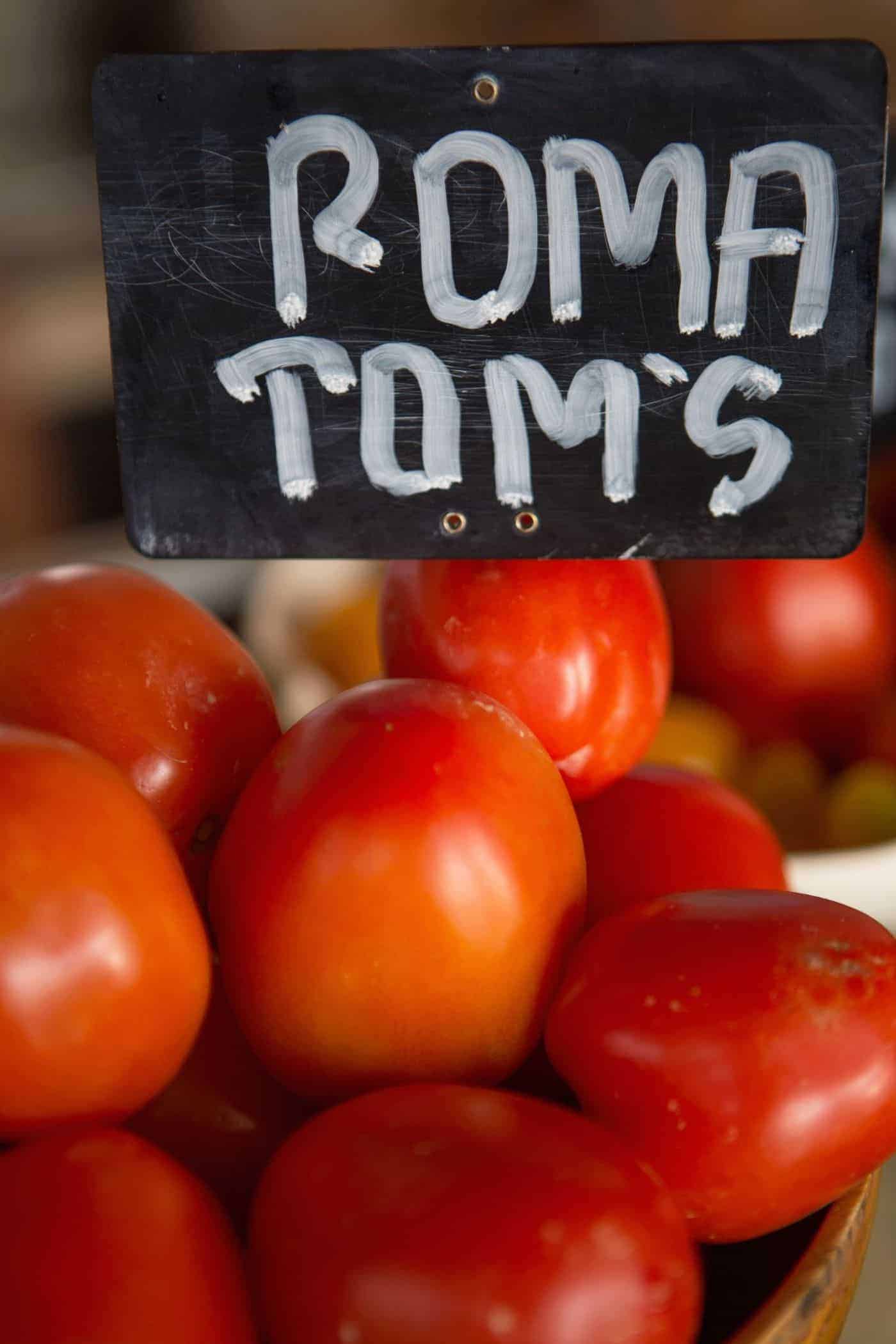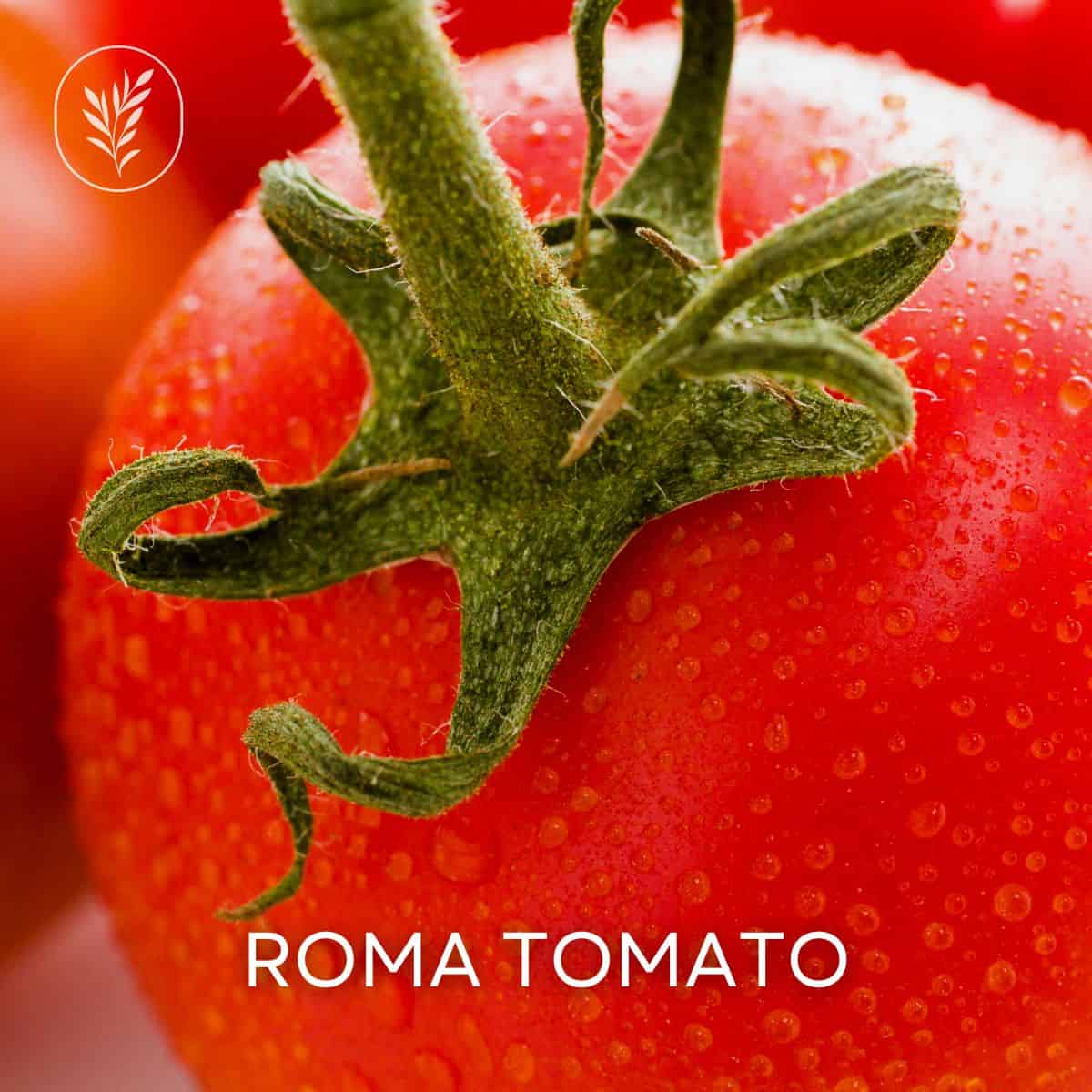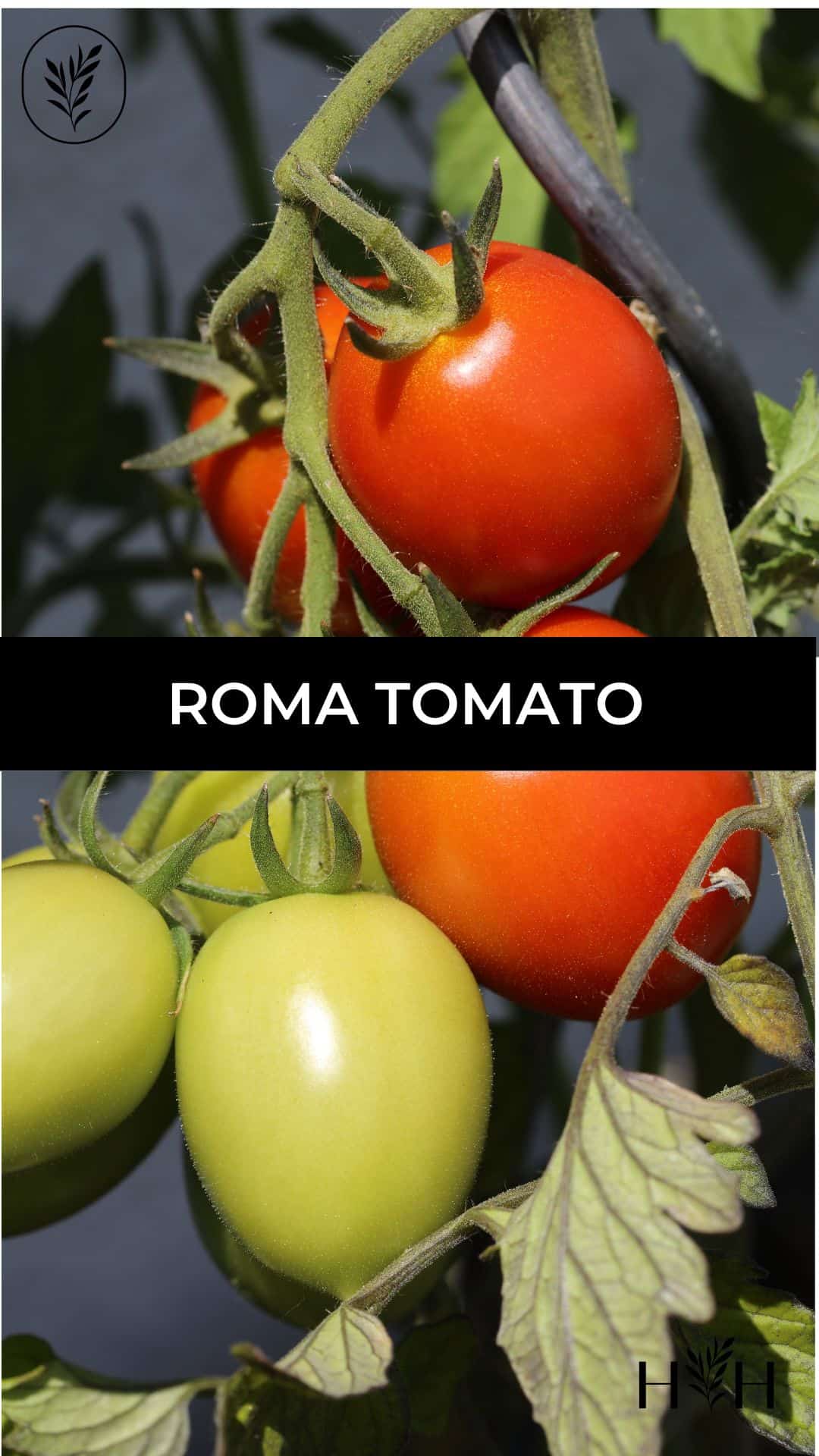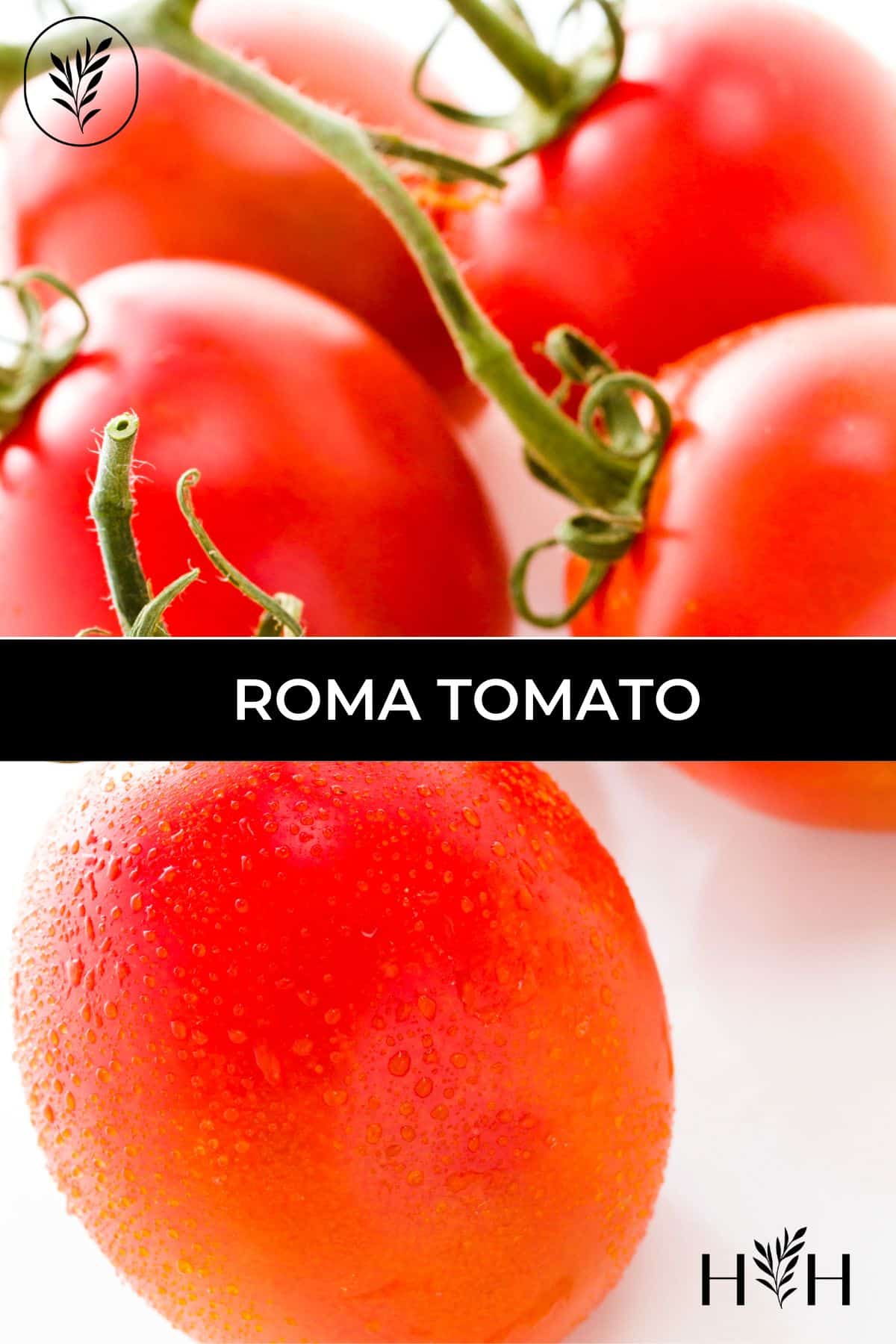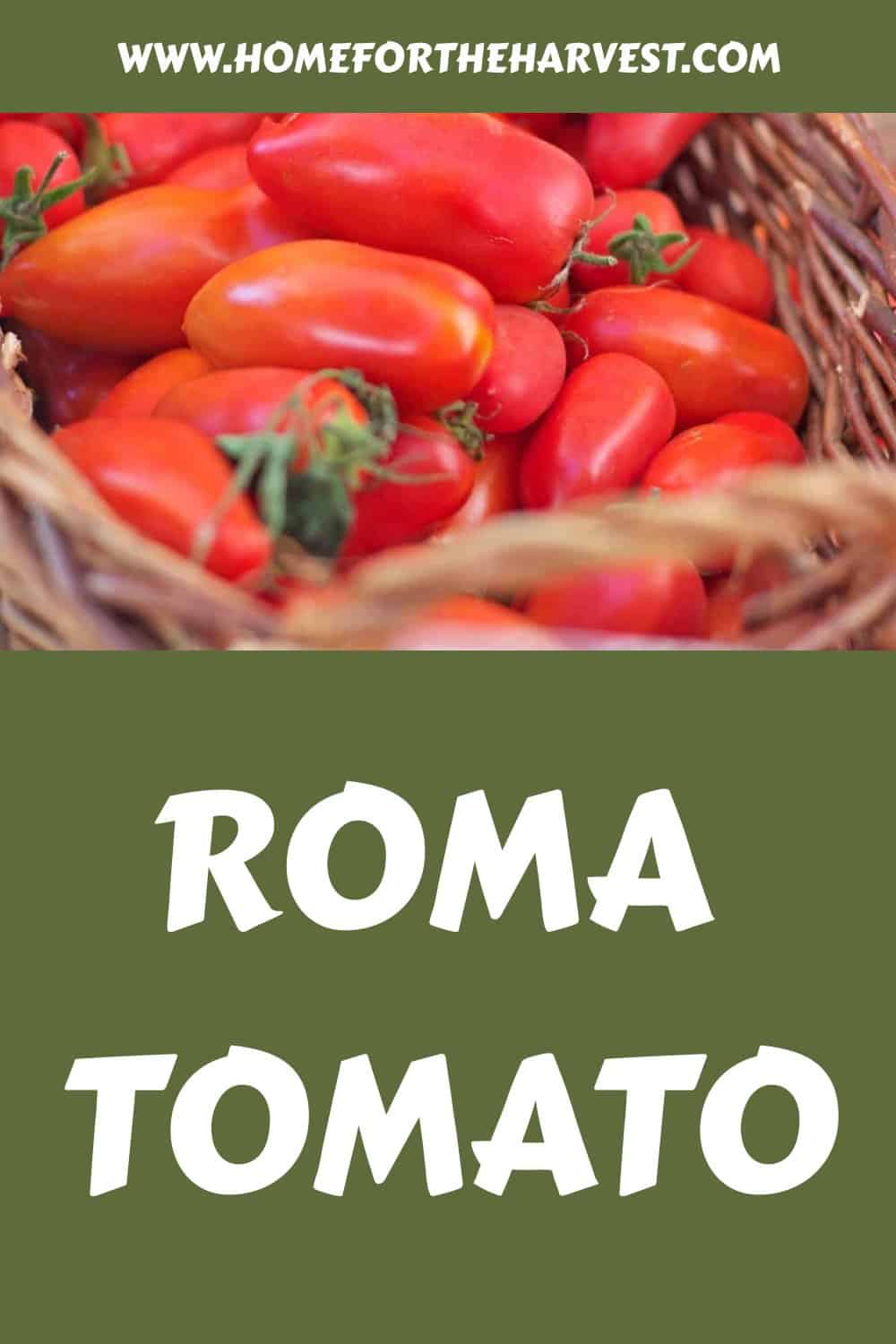The Roma tomato is a plum-type tomato cultivar known for its balanced flavor, compact growing habit, and excellence as a paste tomato. Roma tomatoes are extremely popular, especially for canning and tomato sauce. Developed by the USDA in 1955, Roma tomatoes are now available in grocery stores and supermarkets around the world.
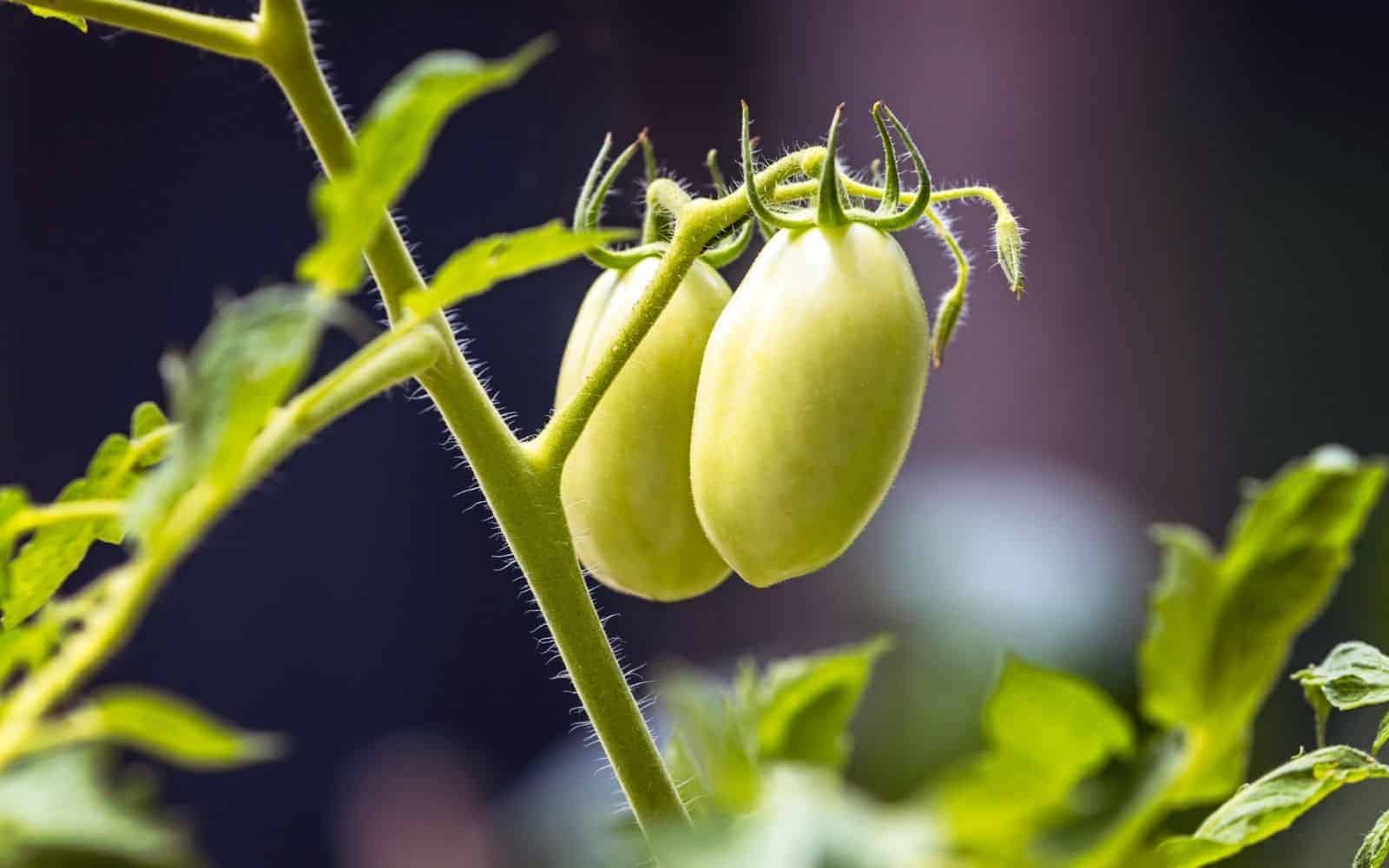
Roma tomato basics.
Roma Tomatoes are extremely popular plum-type tomatoes. This variety is an open-pollinated variety developed in Maryland State by the USDA in 1955.
The full name of the Roma tomato cultivar is “Roma VF” where the “VF” indicates the plant is resistant to verticillium wilt and fusarium wilt. Roma tomatoes are descended from the famous Italian heirloom San Marzano Tomato (source: University of Florida.)
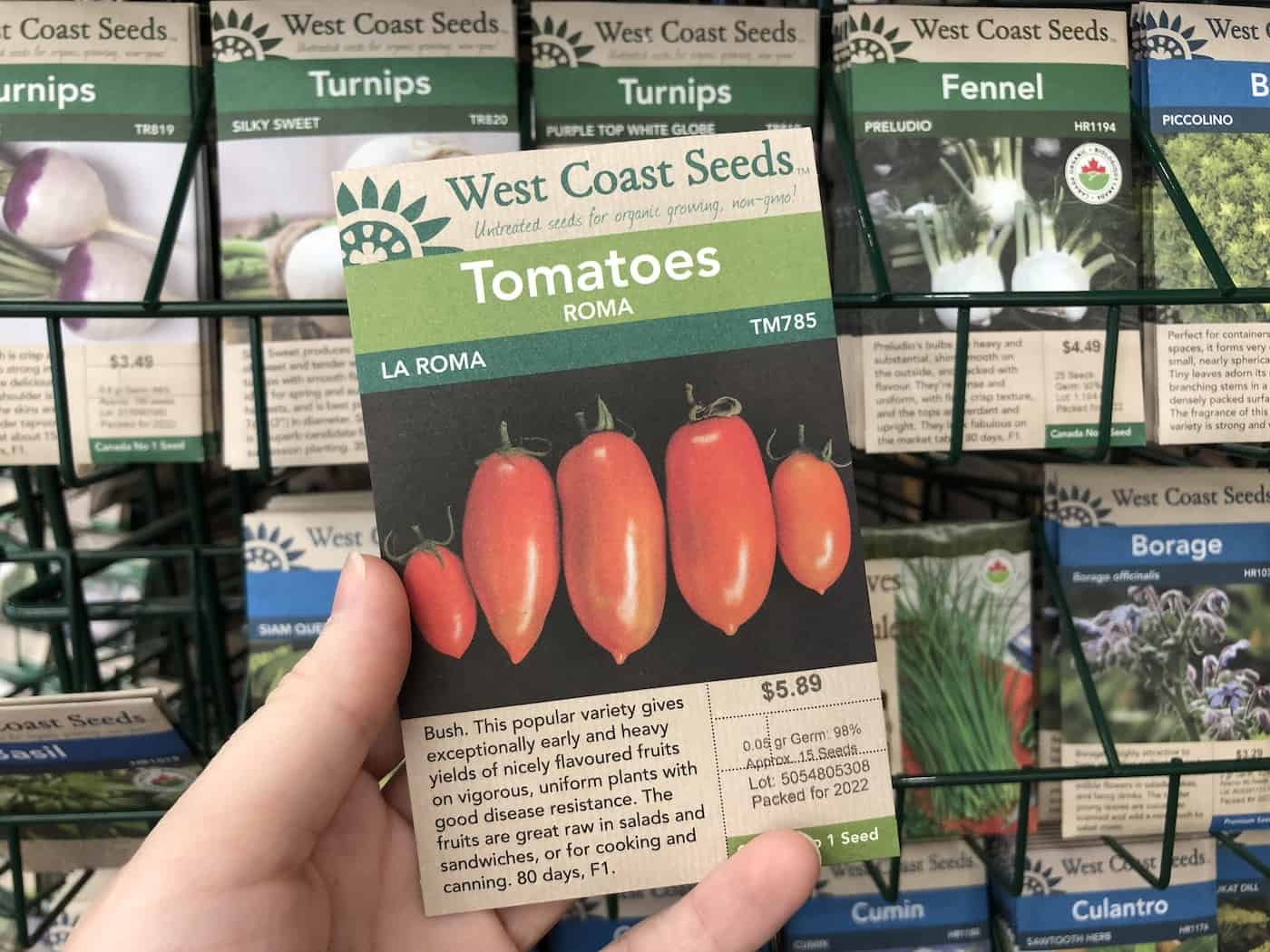
Roma tomatoes are elongated plum tomatoes with a thick, bright red peel. This variety is favored for making tomato paste due to its high amount of solids. Romas have a low amount of juice and few seeds compared to other varieties of tomatoes. Individual Roma tomatoes weigh about 2 ounces. There are about 8 Roma tomatoes in one pound.
Roma tomato plants are determinate, meaning they tend to reach a mature height of about 3 feet. This is in contrast to heirloom plum tomatoes like San Marzano, which grow on long-vining plants. Roma tomatoes tend to ripen in a large batch as the plant reaches a terminal height, which is perfect for those who like to make canned tomato products.
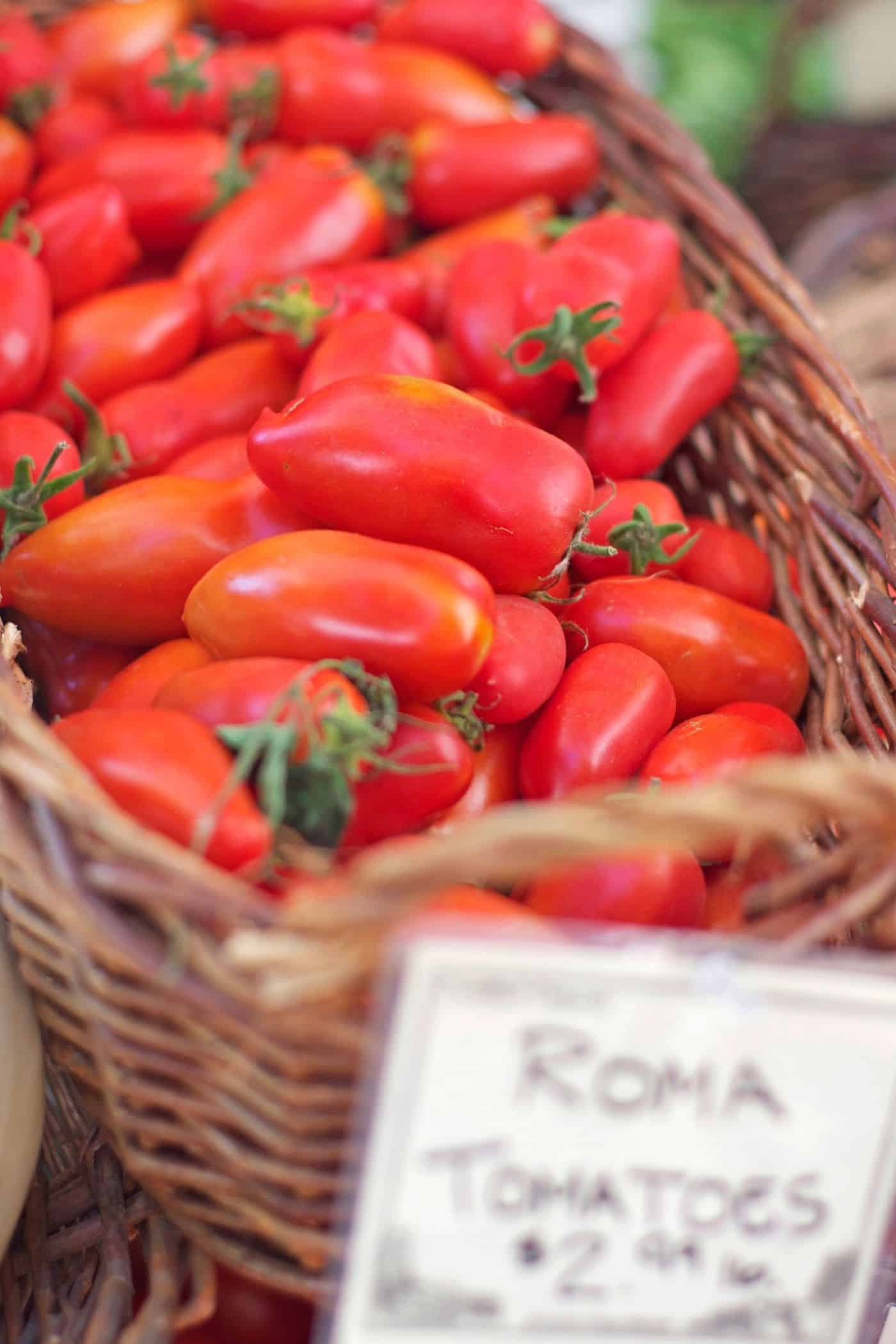
Roma tomato flavor profile
Roma tomatoes have a balanced taste that tends slightly toward tart. Roma tomatoes have many applications, including in cooked dishes, pasta, pasta sauce, canned tomatoes, and other cooked tomato products.
Are Roma tomatoes heirloom tomatoes?
Roma Tomatoes are not considered heirloom tomatoes. The Roma variety was developed in the 1950s by the USDA as part of a formal breeding program.
While Roma tomatoes are not heirlooms, they are an open-pollinated variety (not a hybrid). Because Roma tomatoes are a stable, open-pollinated variety that is now being passed down and is excellent for seed saving, it is possible that it will one day be considered an heirloom.
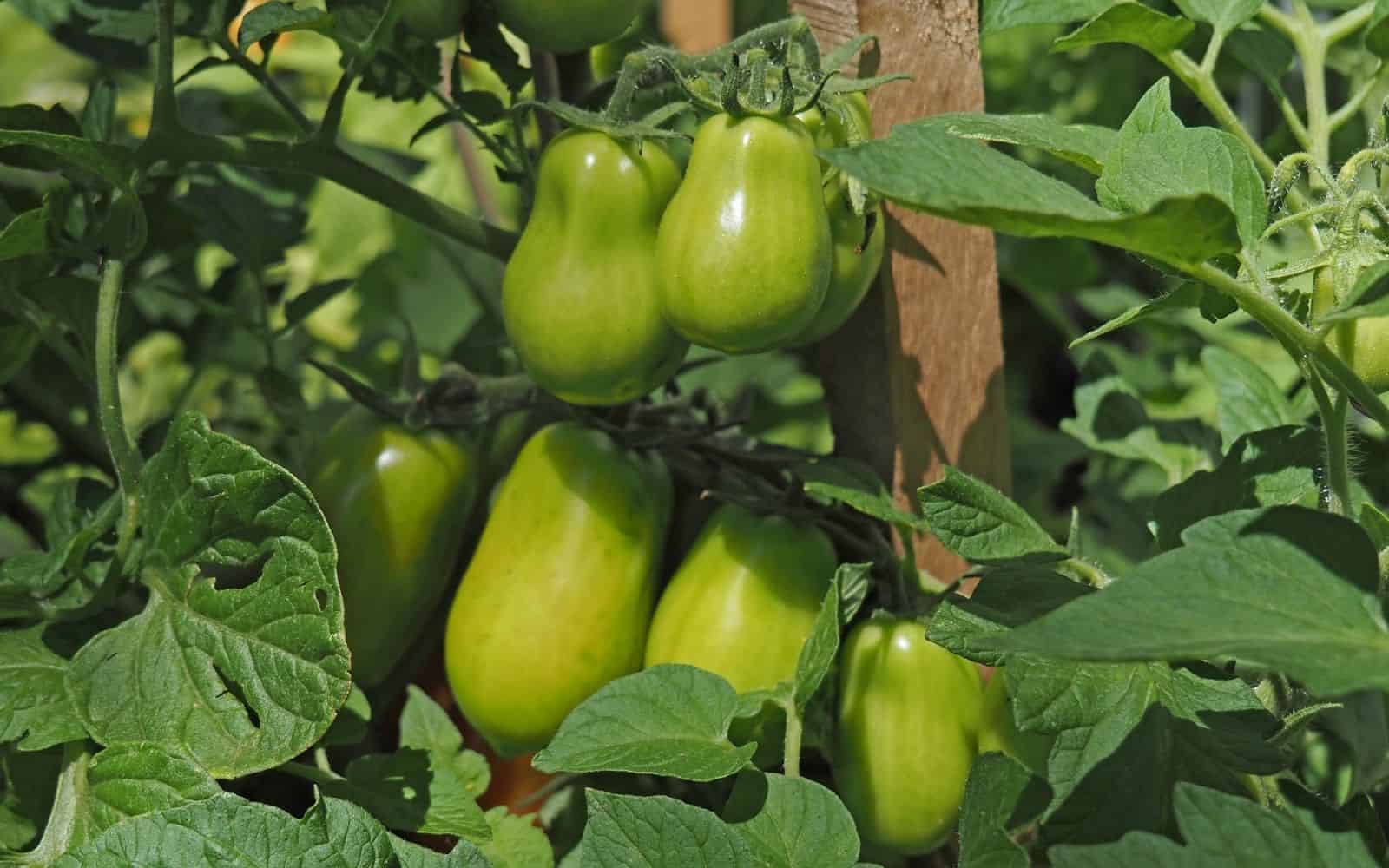
How to grow Roma tomatoes
If growing from seed, purchase your Roma tomato seeds in the winter or early spring and plant them indoors 6-8 weeks before the last frost in your area (usually this means sowing seeds indoors sometime in February-March).
Since Roma is an extremely popular paste tomato, many nurseries also offer seedling Roma tomato plants. This is an easier way to go (especially for beginner gardeners or those with limited indoor space).
Whether you’re growing from seed or from purchased seedlings, don’t put them outdoors until the threat of frost has passed. Tomato plants, including Roma, can be damaged at temperatures below 43°F (6°C).
Plant them in a full sun location. They need to be in a place where excess water drains away easily, but they will also need frequent watering (irritating, I know). They do well in raised beds. If you’re growing multiple plants, space them about 2 feet apart. You’ll also need stakes and/or small cages for the plants.
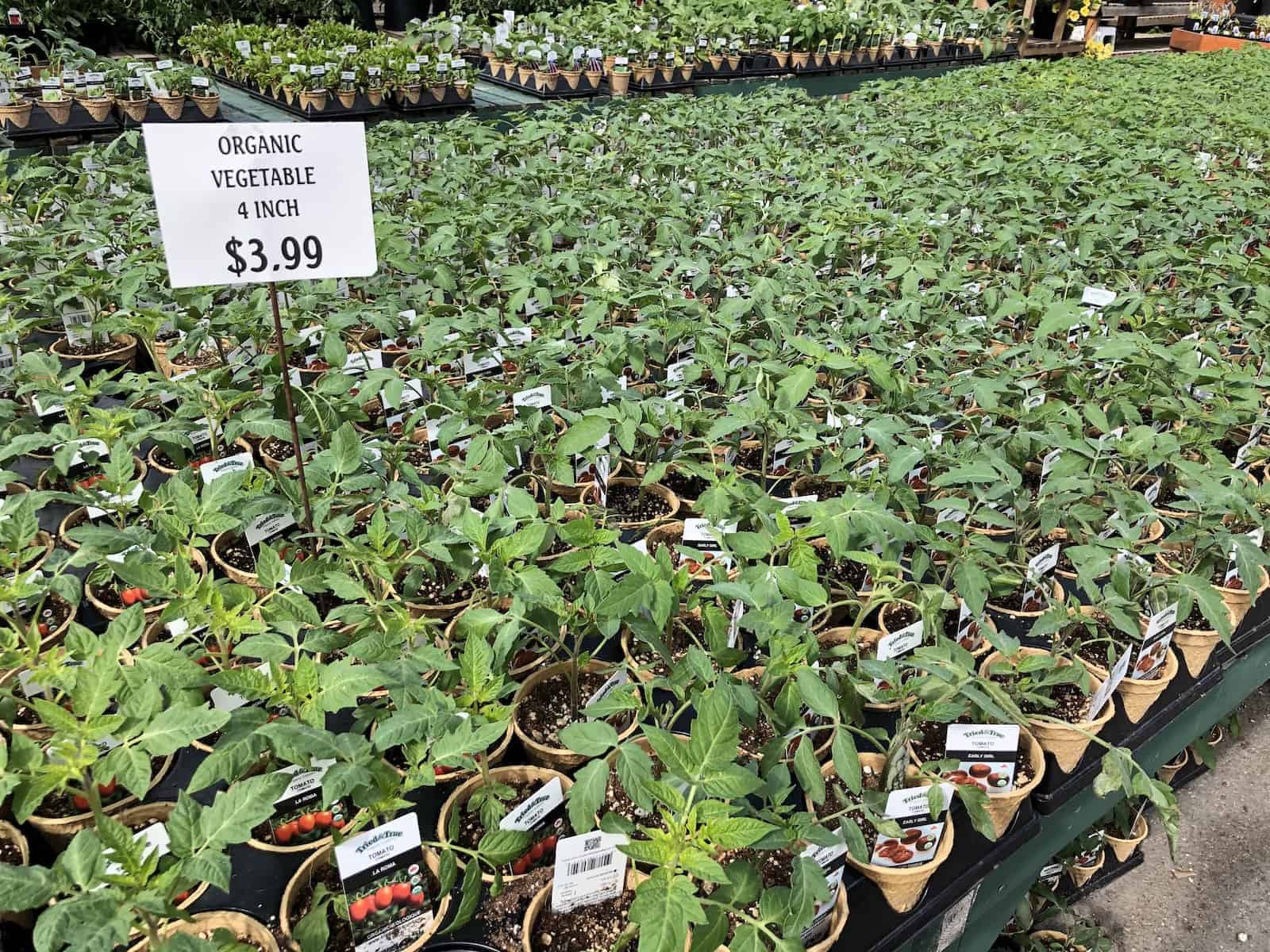
Roma tomato plants are determinate, generally growing to a height of about 3 feet. While the tomatoes themselves are not huge, the vines branch vigorously and can become quite long. Here’s a detailed guide all about how to grow tomatoes if you’re up for growing your own this year!
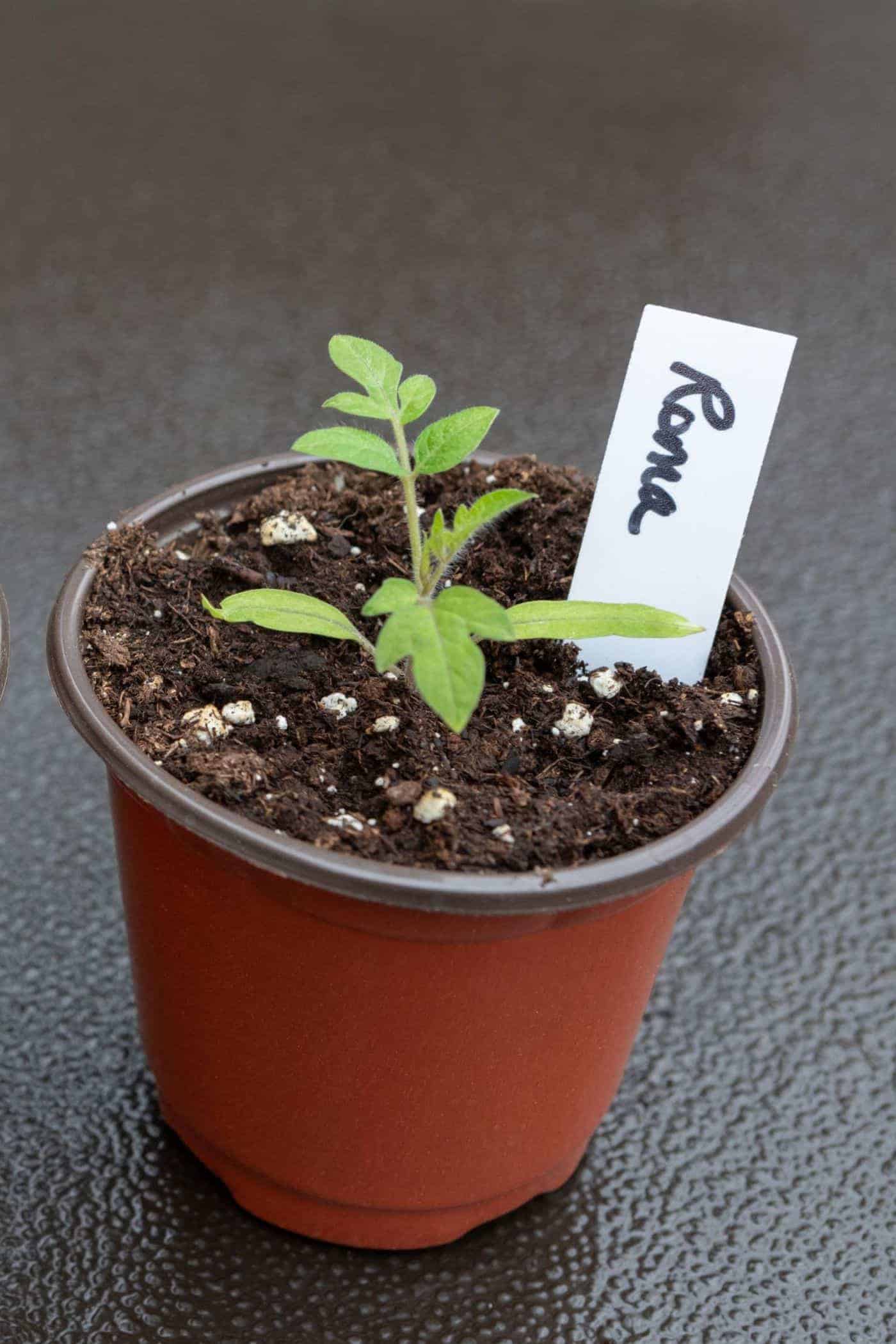
Are Roma tomatoes hard to grow?
Roma tomatoes are not hard to grow, but they do grow more easily with a bit of preparation.
The first tip is to purchase a potted baby seedling tomato plant instead of starting Roma tomatoes from seeds. Tomato seedlings can be finicky and require supplemental lighting and occasional repotting. Roma is a very popular variety, with seedling plants often widely available at plant nurseries.
Secondly, get your tomato planting area ready prior to planting. Plant the seedling Roma tomato plants in a raised garden bed if possible, or perhaps a large whisky barrel garden. Tomato plants also benefit from consistent water from a drip irrigation system.
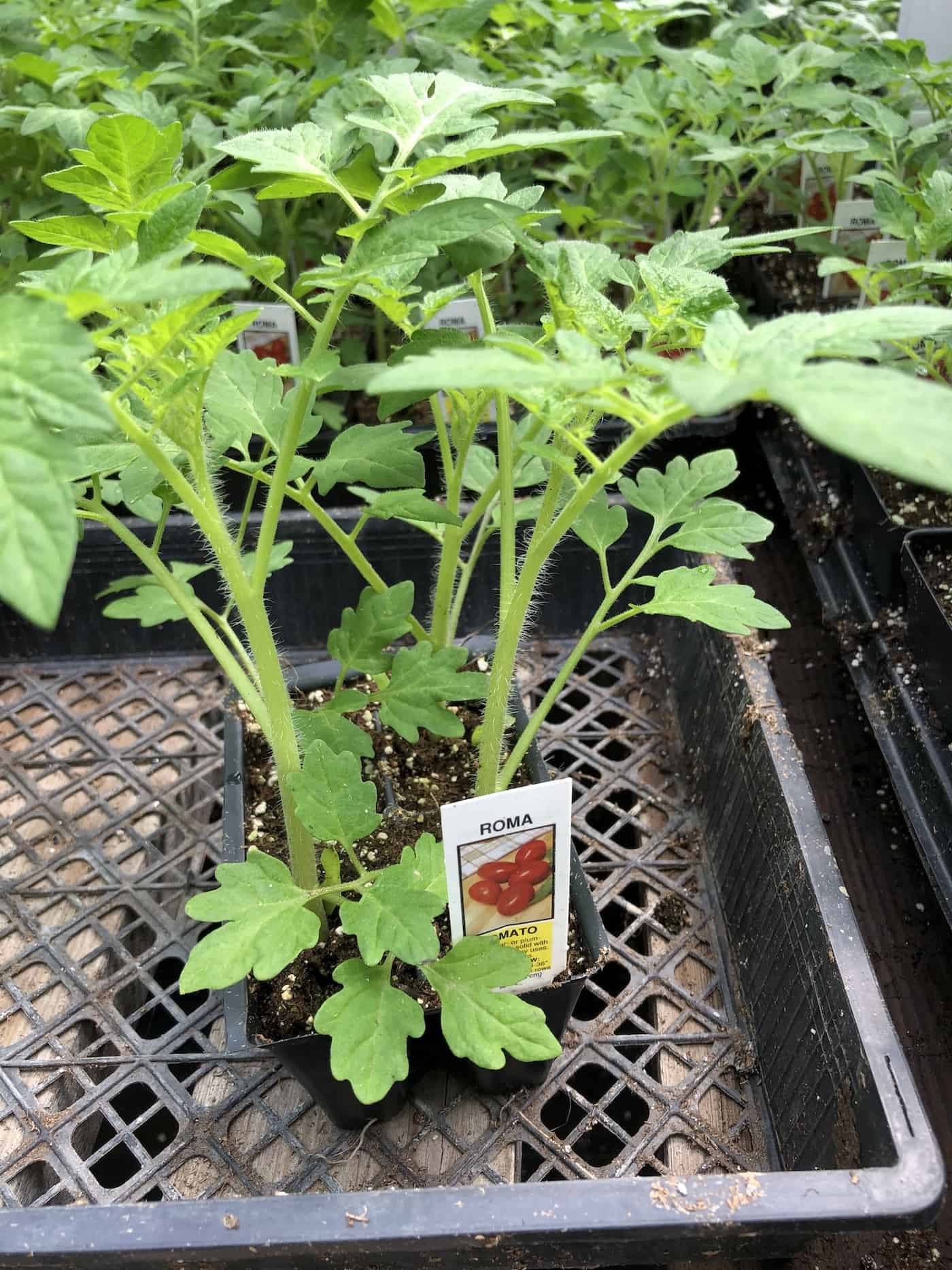
How tall do Roma tomato plants get?
Roma Tomatoes grow to about 3 feet tall (1 meter). These plants are determinate and tend to stop growing higher after they reach mature height and set their fruit. While these plants are not particularly long-vining, they can benefit from some vertical support, such as a tomato stake or a tomato cage.
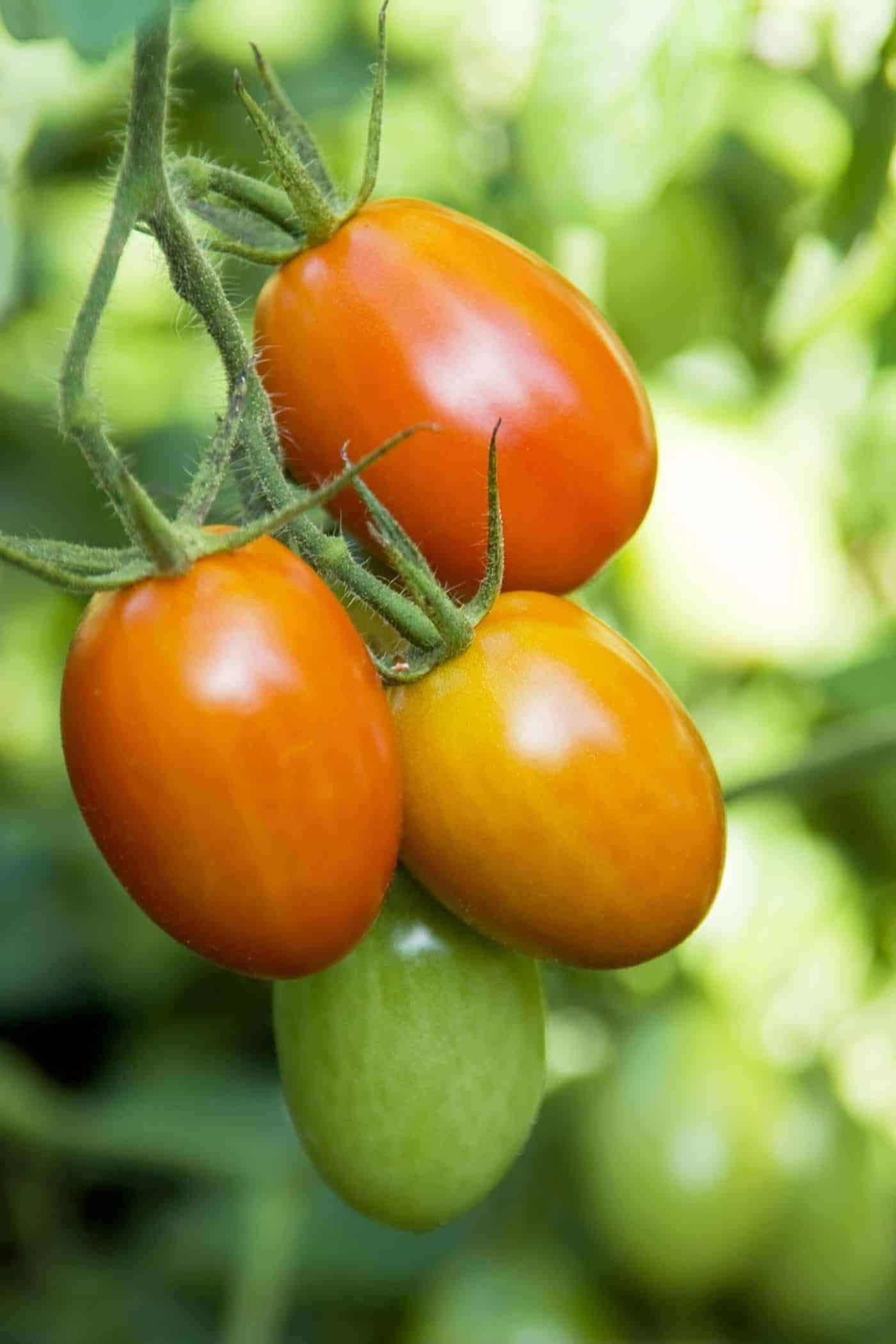
How long for Roma tomatoes to ripen?
Roma Tomatoes take about 75-80 days to ripen once the seedling plants have been transplanted out into the garden. Roma tomato plants tend to set their fruit in one large batch and not grow up any further after fruiting.
Harvesting the Roma
The Roma Tomato can be harvested either by picking individual tomatoes or by cutting off trusses of tomatoes. Tomatoes can be picked when ripe or when under-ripe (and then ripened in an airy, room-temperature spot). Ripe Roma tomatoes tend to have a firm texture, bright red color, characteristic aroma, and slightly tart-yet-balanced taste.
